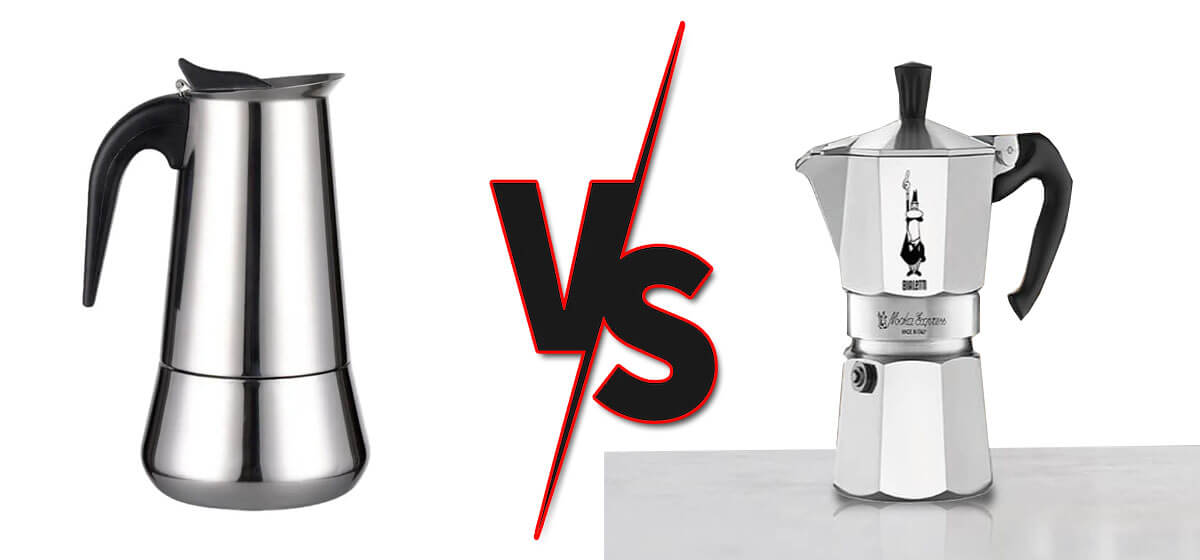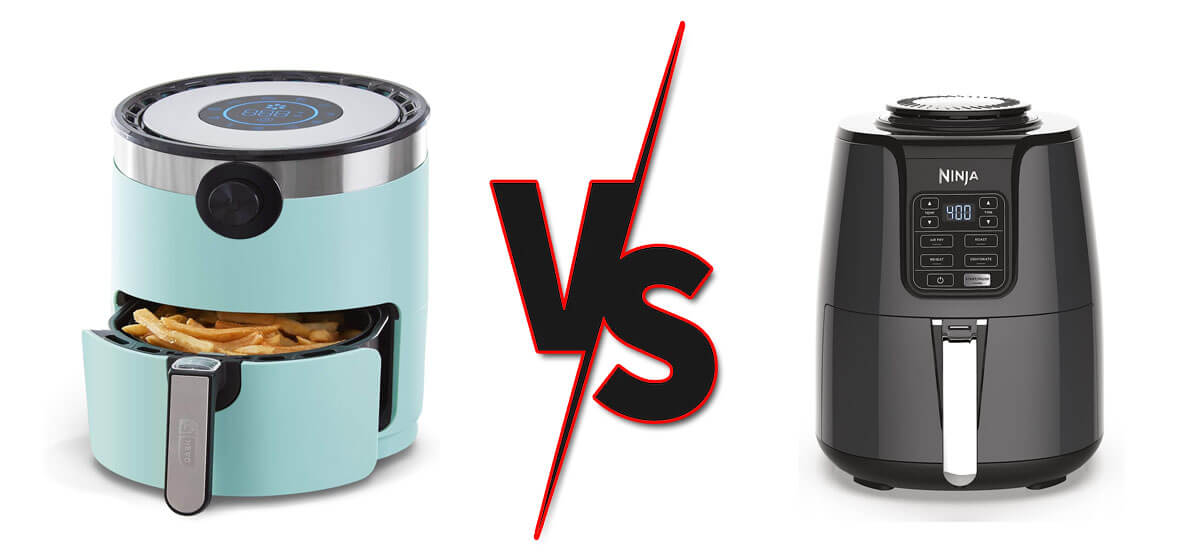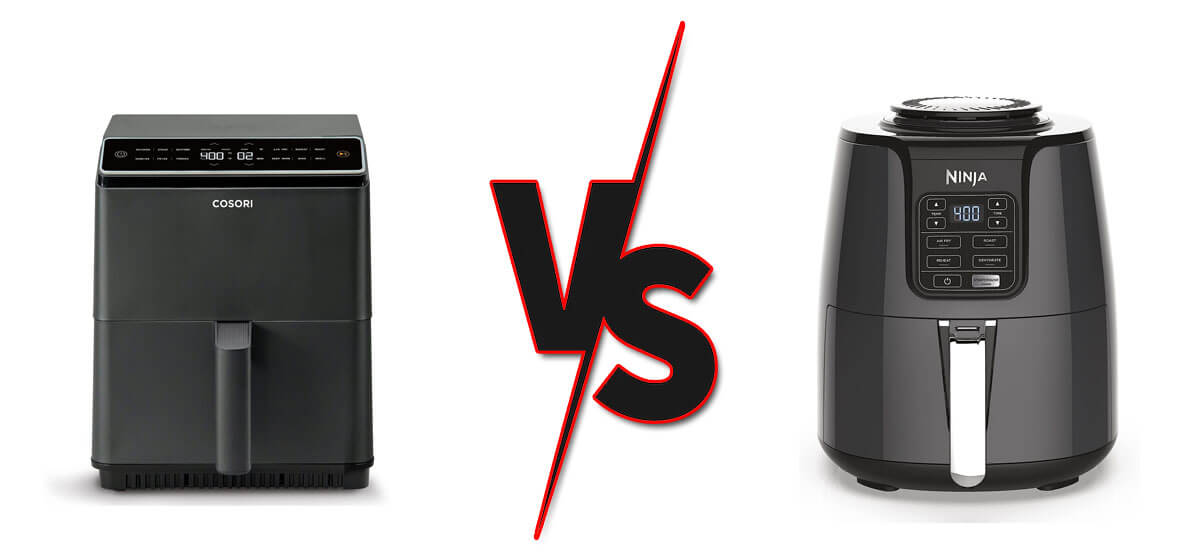Wok vs Frying pan: Which is better?
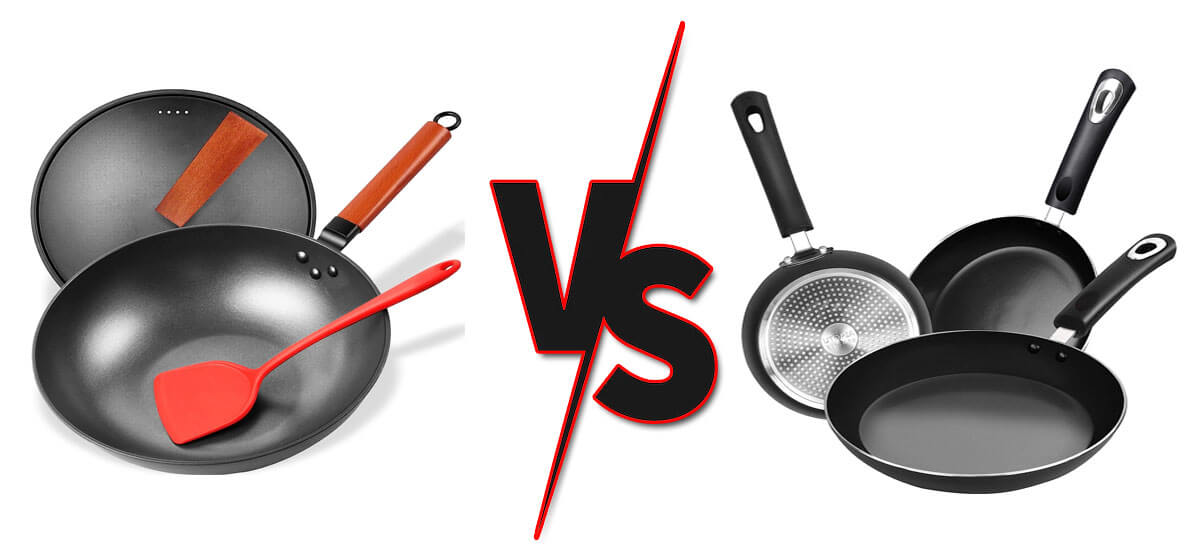
As an Amazon Associate I earn from qualifying purchases.
In the kitchen, one of the eternal debates can be found between followers of woks and frying pans. Whether you’re a master chef creating complex dishes for Sunday lunch or a beginner looking to make an easy midweek meal, it’s worth understanding the differences between these two common pieces of kitchen equipment.
After all, if you choose your cooking implement carefully, you could have a much better result from your efforts – so let’s look at what makes each unique and why both have their place in any home cook’s arsenal!
Overview of the wok and frying pan – what they are, their similarities & differences
The wok and frying pan are versatile utensils used for cooking in many ways. Both are shallow, round pans with handles that make them easy to maneuver when transferring food from the stovetop to the dinner table. The main difference is that a wok has a concave shape, allowing it to hold more ingredients while also providing heat distribution far more evenly than a flat-bottomed frying pan. This makes it the perfect tool for stir-frying, deep-frying, braising dishes, or even steaming food.
On the other hand, a frying pan is designed to be used over lower heat settings more suitable for sautéing, searing, browning, and grilling. Frying pans can also be used for shallow frying and other similar tasks. The main advantage of a flat-bottomed pan is that it is easier to maneuver when cooking.
Frying pans are often made from metal materials such as aluminum or stainless steel, while works are traditionally made from carbon steel. Carbon steel has been found to heat more efficiently, while stainless steel is more corrosion-resistant and easier to clean. Whichever you choose, ensure it is well-seasoned to prevent sticking and rusting!
Advantages and disadvantages of using a wok vs. a frying pan
Advantages of using a wok pan:
Disadvantages of using a wok pan:
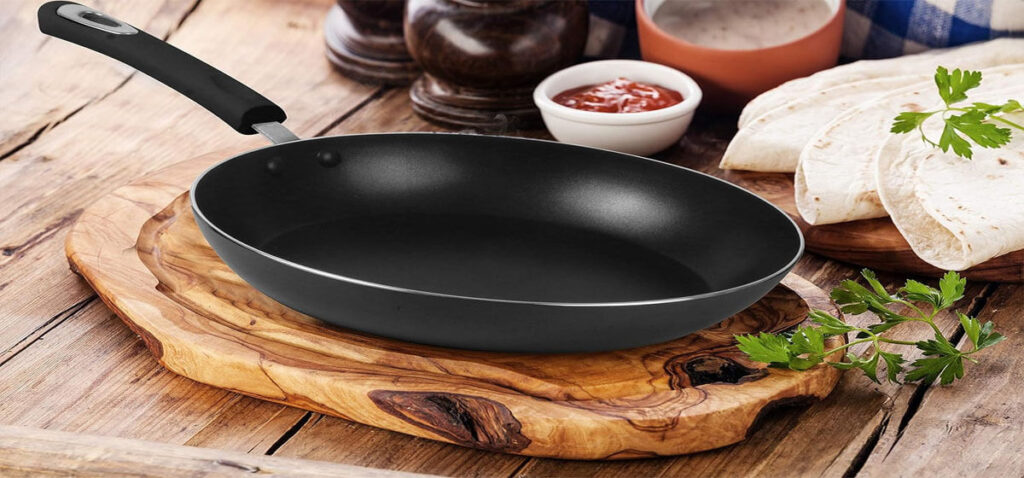
Advantages of using a frying pan:
Disadvantages of using a frying pan:
Tips and tricks for getting the most out of your wok or frying pan
When using either utensil, it’s important to ensure it is well-seasoned before use. Seasoning helps prevent food from sticking and works as a barrier between your pan and any acidic ingredients like tomatoes or citrus fruit that could cause rust.
For both woks and frying pans, try preheating for around minutes to get the best cooking results. This will ensure that heat is evenly distributed, preventing hotspots or burned ingredients.
When stir-frying in a wok, use high heat and move your ingredients around quickly to prevent them from burning. If you’re using a non-stick pan, choose utensils made from silicone or wood to prevent scratching the surface.
Finally, if you’re sautéing in a frying pan, keep your heat at medium-high and use plenty of oil to help cook your ingredients evenly without burning them. With both woks and frying pans, it’s important to clean them correctly after use; this means scrubbing them with warm, soapy water and drying them thoroughly before storing them.
By following these tips, you should be able to get the best results from your wok or frying pan – however you decide to use it!
What types of food work best in either a wok or a frying pan
A wok is best suited for dishes that require high heat and quick cooking, such as stir-fries and deep-fried. It’s also perfect for braising dishes or even steaming food. Frying pans are more suitable for sautéing, searing, browning, and grilling tasks. With a flat surface and controlled heat, it is ideal for dishes that require gentler cooking, such as eggs, fish, and vegetables.
Whether you’re a master chef or a beginner looking for an easy meal, these two essential kitchen utensils should be in your arsenal to help you create the perfect dish. The wok and frying pan have advantages and disadvantages, so it’s worth understanding their differences before deciding which to use. With a bit of practice and a careful selection, you can get the best from both pieces of equipment – just don’t forget to season your pan first!
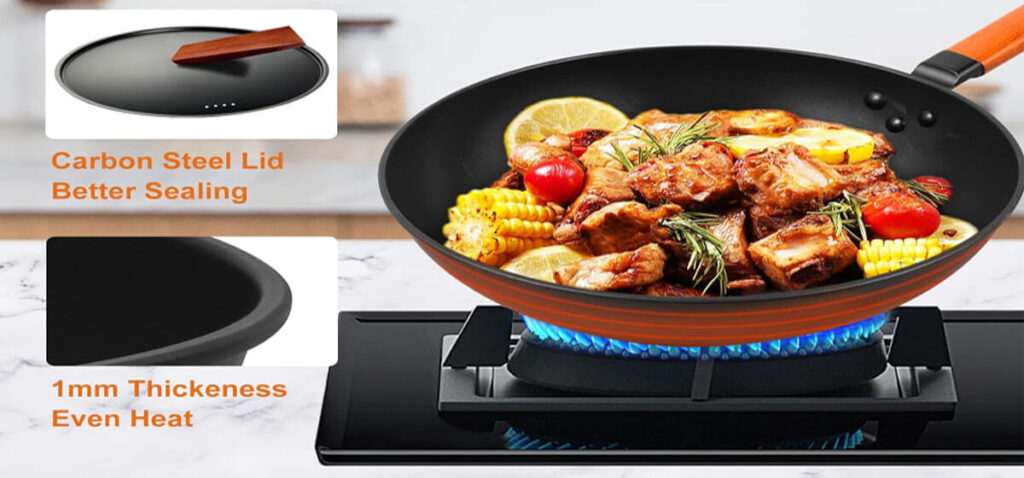
Following these tips, you can easily create delicious meals with a wok or frying pan. Whether you’re looking for a quick meal or something more complex, these two pieces of kitchen equipment are essential for any home cook. Remember their differences to get the best results, and enjoy your creations fully! With care and practice, you can become an expert at cooking with a wok or frying pan – so why not try it today?
Creative recipes that you can make with a wok or frying pan
Wok:
Frying pan:
No matter which utensil you choose, these recipes should be sure to tantalize your taste buds! With the right ingredients and techniques, you can make delicious dishes with a wok or frying pan – endless possibilities are endless!
Read More: Cosori vs Ninja air fryer: Which is better?
Cleaning and maintenance tips for both types of pan
It’s important to clean and maintain both pans properly if you want them to last a long time. For wok pans, it’s best to avoid using harsh scrubbing brushes or abrasive cleaners as this could damage the seasoning on the pan. Instead, try soaking in warm, soapy water for a few minutes before wiping away any residue. Additionally, it’s best to avoid submerging the pan in water for too long, as this can lead to rusting.
For frying pans, use a non-abrasive cleaner or soft sponge and warm, soapy water. To remove stubborn marks, try sprinkling some baking soda onto a damp cloth and then wiping away with the grain of the metal. It’s also important to reseason your pans after each use, as this helps to maintain the non-stick coating and prevents rust.
By following these tips, you can ensure both pans are kept in good condition for years. With regular cleaning and maintenance, you can get the best results from either a wok or frying pan.
Conclusion
As you can see, the decision between a wok and a frying pan boils down to two different cooking styles. Works have been revered throughout history for their capacity to economically deliver large amounts of flavorful dishes. In contrast, modern frying pans are more tuned toward creating precise and controlled fried results.
Ultimately, deciding which is best will come down to one’s preference of tool and how they plan to utilize it. Those looking for traditional stir-fried meals or a unique way of cooking should invest in a wok, while those wanting precision should opt for the accuracy delivered by a frying pan. This blog post has hopefully cleared up any confusion you may have had regarding the differences between these two indispensable tools when it comes to culinary preparation!
Amazon and the Amazon logo are trademarks of Amazon.com, Inc, or its affiliates.


